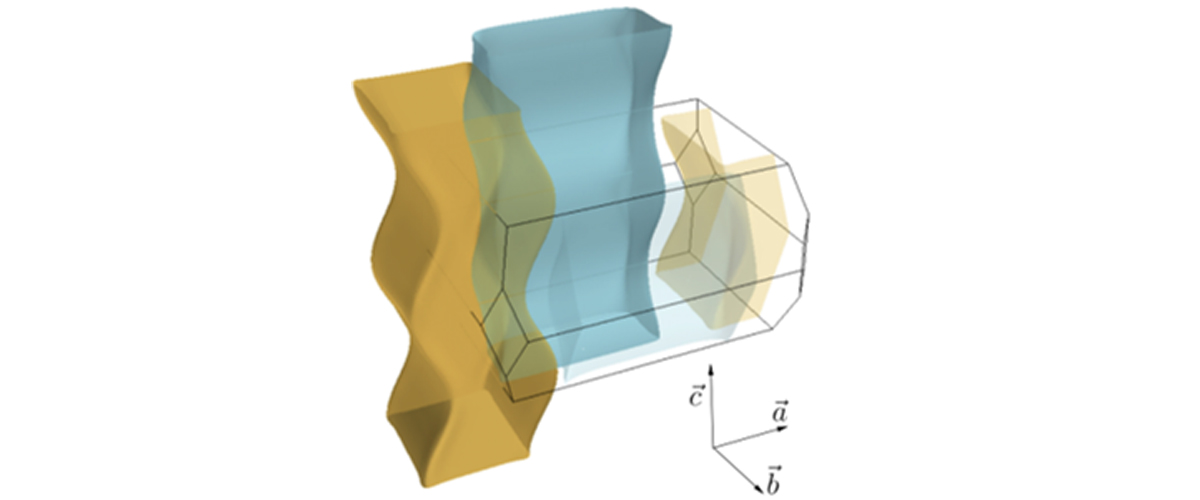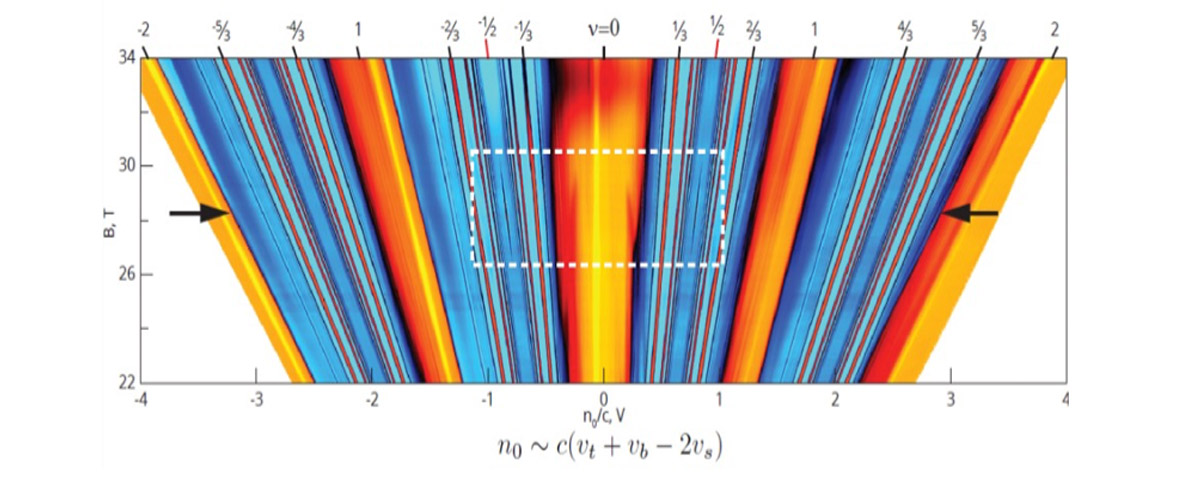What is the finding?
When applied to standard superconducting Nb3Sn wires, the electro-mechanical stability criterion required for the Large Hadron Collider upgrade defines a strikingly narrow heat treatment window that is impractical, especially for massive magnets. However, reduced-tin (reduced-Sn) Nb3Sn wires offer a significantly wider heat treatment window that preserves needed strain, resistivity, and superconducting critical current properties (shown in the Figure).
Why is this important?
The high-luminosity Large Hadron Collider upgrade will use reduced-Sn Nb3Sn wires of the same design as the wire used in this study. However, the current plan is to conduct heat treatments of magnets at a temperature of 665 °C (blue line in Figure). Based on our results, this collaboration is instead proposing that the heat treatment temperature be in the range of 680 to 695 °C to ensure that strain-induced degradation of the superconducting critical current remains limited during magnet operation.
Who did the research?
Najib Cheggour1,2,3, Theodore C. Stauffer3, William Starch1, Loren Goodrich2,3, Jolene D. Splett3
1ASC-NHMFL, Florida State University; 2University of Colorado Boulder; 3NIST, Boulder Colorado
Why did this research need the MagLab?
The electro-mechanical lab of the ASC-NHMFL (relocated from NIST) has unique measurement capabilities to study strain properties of practical superconductors. The MagLab is the leading U.S. laboratory for these measurements and is one of very few laboratories worldwide capable of performing this specialized electro-mechanical research on superconductors.
Details for scientists
- View or download the expert-level Science Highlight, Changes proposed to heat-treatment of Large Hadron Collider Nb3Sn magnets for optimal resultss
- Read the full-length publication, Implications of the strain irreversibility cliff on the fabrication of particle-accelerator magnets made of restacked-rod-process Nb3Sn wires, in Scientific Reports.
Funding
This research was funded by the following grants: DOE/HEP (DE-SC0010690, DE-SC0017657); N. Cheggour. G.S. Boebinger (NSF DMR-1157490, NSF DMR-1644779); W. Starch
For more information, contact Lance Cooley.





